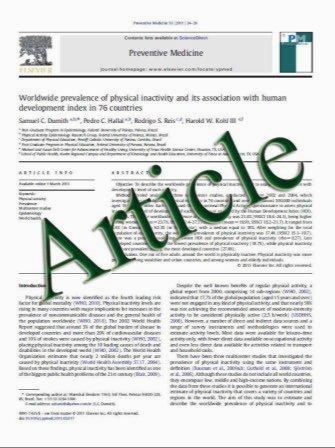Biomechanical characterization of double-bundle femoral press-fit fixation techniques
- نوع فایل : کتاب
- زبان : انگلیسی
- مؤلف : M. Ettinger • C. Haasper • S. Hankemeier • C. Hurschler • D. Breitmeier • C. Krettek • M. Jagodzinski
- چاپ و سال / کشور: 2011
Description
cruciate ligament autografts is an interesting technique because no hardware is necessary. To date, no biomechanical data exist describing an implant-free doublebundle press-fit procedure. The purpose of this study was to characterize the biomechanical properties of three doublebundle press-fit fixations. Methods In a controlled laboratory study, the patellar-, quadriceps- and hamstring tendons of 10 human cadavers (age: 49.2 ± 18.5 years) were used. An inside out press-fit fixation with a knot in the semitendinosus and gracilis tendons (SG) combined with an additional bone block, with two quadriceps tendon bone block grafts (QU) was compared with press-fit fixation of two bone patellar tendon bone block (PT) grafts in 30 porcine femora. Constructs were cyclically stretched and then loaded until failure. Maximum load to failure, stiffness and elongation during failure testing and cyclical loading were investigated. Results The maximum load to failure was 703 ± 136 N for SG fixation, 632 ± 130 N for QU and 656 ± 127 N for PT fixation. Stiffness of the constructs averaged 138 ± 26 N/mm for SG, 159 ± 74 N/mm for QU, and 154 ± 50 N/mm for PT fixation. Elongation during initial cyclical loading was 1.2 ± 1.4 mm for SG, 2.0 ± 1.4 mm for QU, and 1.0 ± 0.6 mm for PT (significantly larger for PT and QU between the first 5 cycles compared with cycles 15–20th, P\0.01). Conclusion All investigated double-bundle fixation techniques were equal in terms of maximum load to failure, stiffness, and elongation. Unlike with single-bundle pressfit fixation techniques that have been published, no difference was observed between pure tendon combined with an additional bone block and tendon bone grafts. All techniques exhibited larger elongation during initial cyclical loading. All three press-fit fixation techniques that were investigated exhibit comparable biomechanical properties. Preconditioning of the constructs is critical.
Knee Surg Sports Traumatol Arthrosc (2011) 19:363–371 DOI 10.1007/s00167-010-1214-1 Received: 11 December 2009 / Accepted: 29 June 2010 / Published online: 14 July 2010


